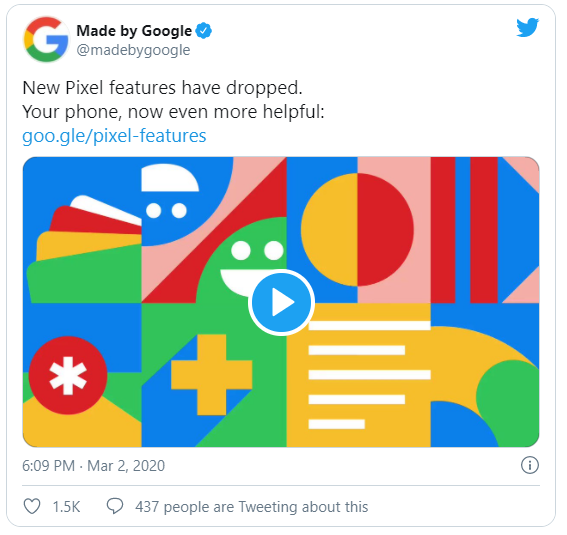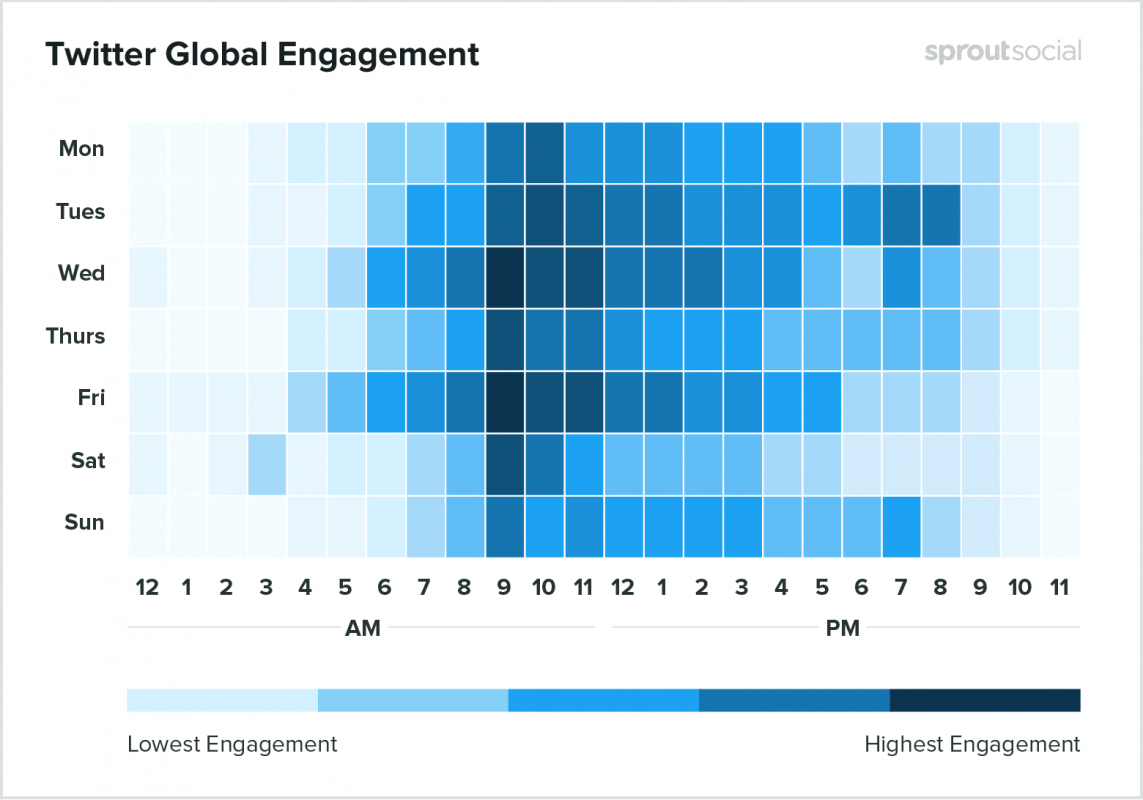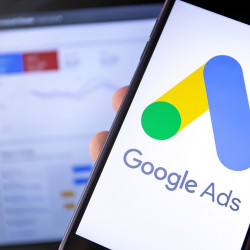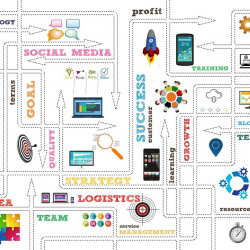Social media has drastically changed the way companies market their products, and connect with their customers.
Most organisations have some sort of presence on Twitter because it's a great way to get a short message across (unless you use a thread to make it a longer message).
It's a great way to get a short message across to your audience. Top it off with a great picture or clip, and you'll be rocking Twitter in no time. But that's only if you're actually being seen.
Although the number of followers is a basic metric (and not necessarily one that should be used to measure success), it's still good to have a decent following to help you reach a wider audience.
Use images and videos
Text on its own is boring. No one likes walls of text.
Where you have the chance, include an image or short video clip. Think about what sort of thing would catch your eye as you're scrolling through your Twitter feed.
This example from Google advertises one of their devices, but the colourful gif in the tweet helps it stand out:

Tweet regularly
Depending on a users setting, Twitter can be quite a fast-moving network - very much "here and now".
So if a user is seeing this view and you're only tweeting at 10am, if they check their feed after work around 6pm, there's a lower chance of them seeing your content.
Making sure you tweet a few times a day increases the chance of you being seen.
More tweets = more visibly = more awareness.
The other view of Twitter is "Top Tweets", so ensuring your tweet is engaging then this can help here. More tips on this below.
Use hashtags
Hashtags can be used to specify a particular topic for your tweet. Facebook, Instagram, LinkedIn, and others, all support hashtags.
It's great for a user - they can search for these hashtags and read the related tweets.
You should aim to include at least 1 hashtag in each tweet, although there isn't a limit on how many you can tag on to the end. They can be similar or vastly different, but they must be relevant to your tweet.
Think about what your tweet relates to and how people could be searching for it.
Where do you get them from?
When it comes to writing the tweets, think about the topic of the tweet. Think generic at first (#print, #citylife, #newbuild), and then narrow it down, but keep it relevant (#flyers, #banner, #traffic, #detached).
They can be anything you want. If you have a brand or slogan that's good enough to stand alone, then go for it.
But another great way to broaden your reach is by seeing what's trending and being part of that conversation. It's trending because people are interested in it - use this to your advantage.
Engage with your followers
Twitter is a two-way conversation, but only if you join in.
It can be a great tool for things like customer support or just raising brand awareness. If people are asking you questions - respond. If there's a hot topic that fits right into your industry, then join in.
Engaging with your audience can help show the human side to your business and show that you're not just there to promote your own products and services.
Optimise your profile
Twitter gives you a variety of fields to fill in on your profile, so make sure you fill them all in and that they're relevant.
At the very least:
- Make sure you have a profile image that is recognisable and represents your business (e.g. a logo or mascot).
- You have a relevant cover image.
- Your contact details are filled in and accurate.
Twitter may not give you as many fields as Facebook does, for example, so make use of what you have.
Ensure your web address is up-to-date, along with your bio too.
Optimise your tweet times
Any time is tweet time - right? Not quite.
If your target audience is UK consumers, tweeting at 3am probably won't be the best idea. But also consider those who work 9-5 and may not be checking Twitter then too.
SocialSprout published some research on when you should be tweeting which can be used as a good guide. But remember to tailor the timings for your own audience.

(Image from Social Sprout)
Promote your profile outside of Twitter
We live in a very connected world, so don't be shy on promoting your Twitter profile elsewhere.
The obvious may seem like business cards, flyers, banners etc., but also think of your own website and even your other social media profiles.
Many people use more than one social network, so it's worth promoting it to make as many connections with your audience as possible.





